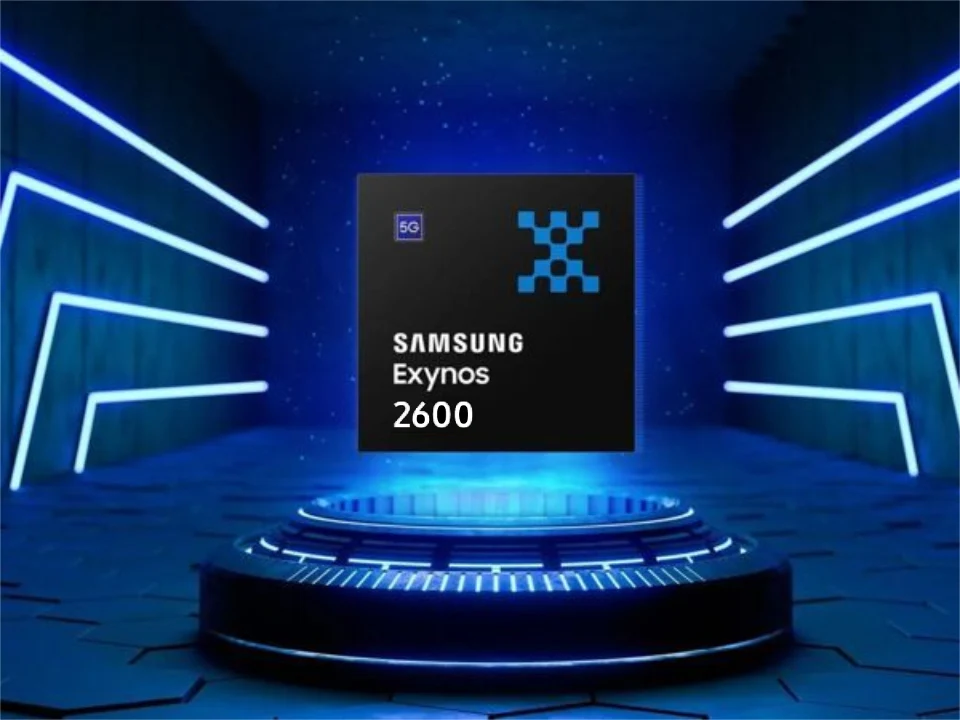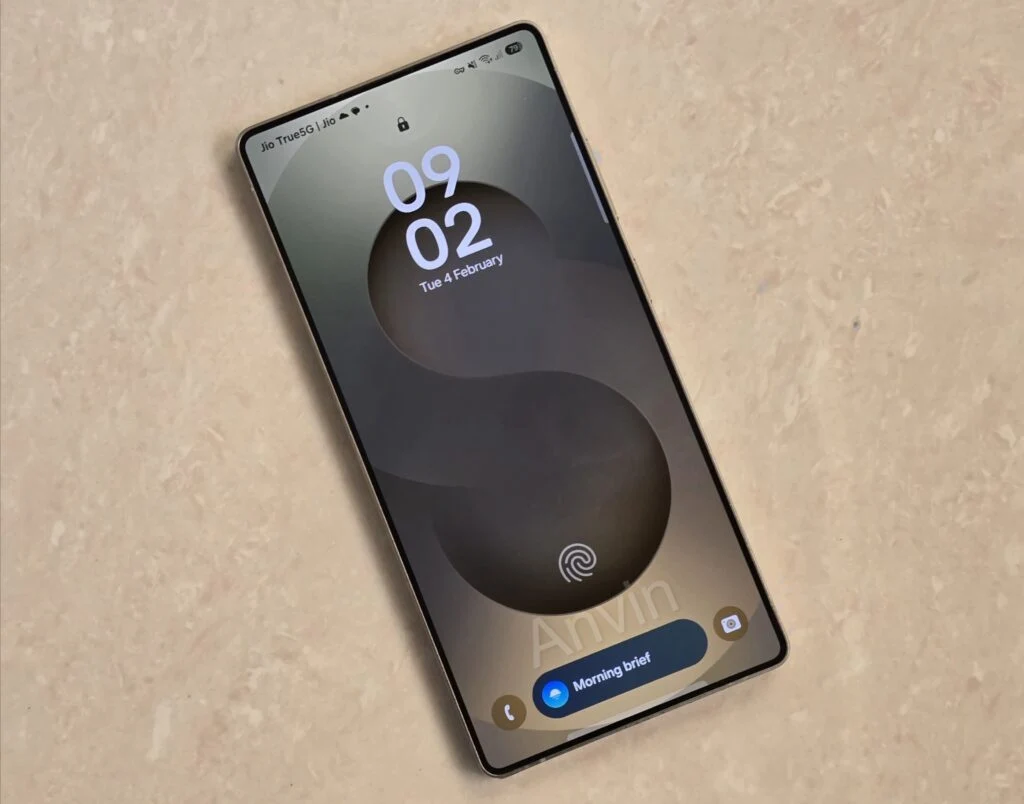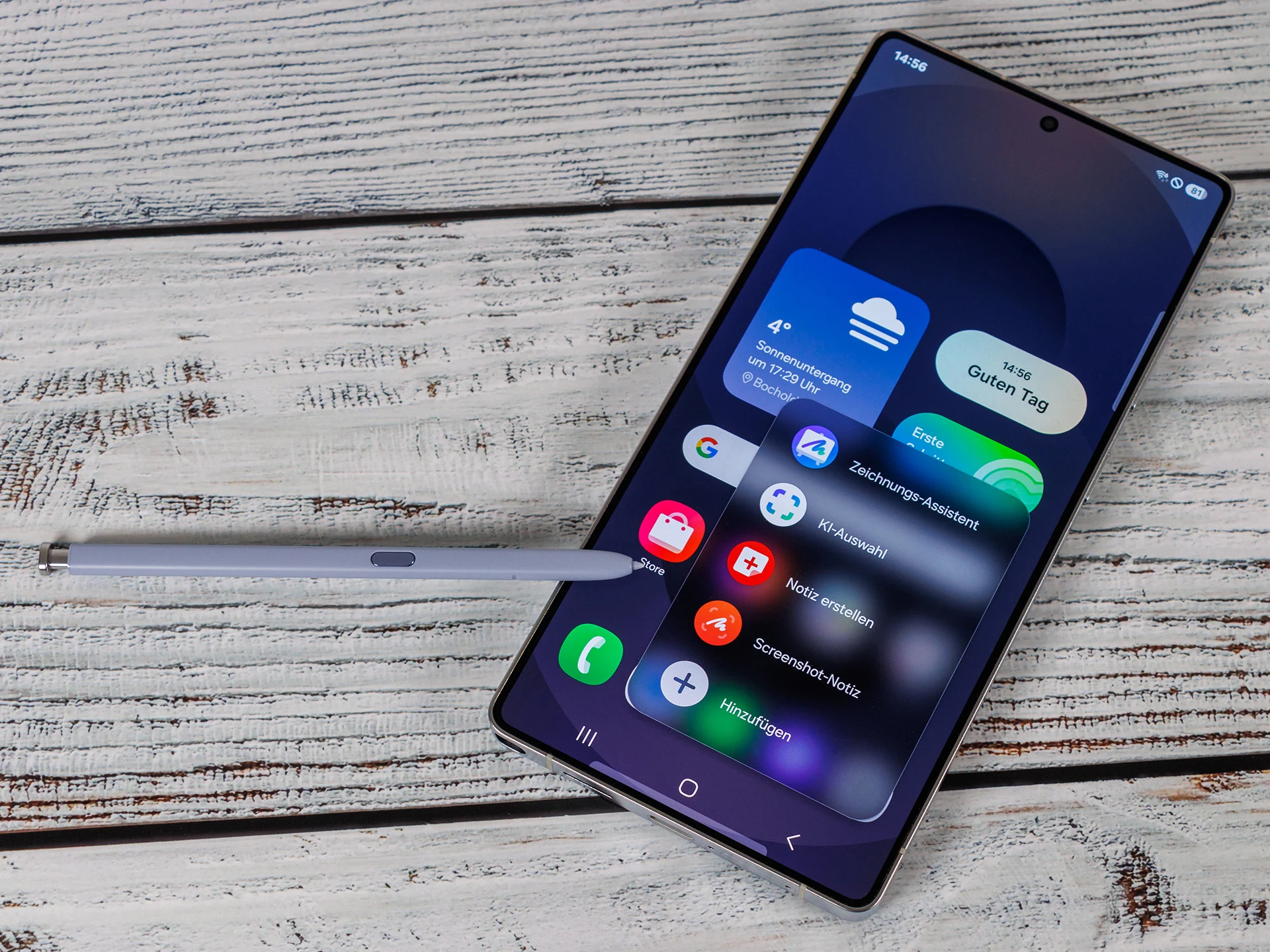Key Takeaways
1. Major leaks about the Galaxy S26 series have been ongoing, revealing potential screen sizes.
2. The Galaxy S26 series is expected to have similar screen sizes to the Galaxy S25 series, with 6.2-inch, 6.7-inch, and 6.9-inch displays.
3. There are speculations that Samsung might skip the Galaxy S26 Plus in favor of the Galaxy S26 Edge.
4. The absence of information on the S26 Plus suggests Samsung may prioritize the Edge model due to demand.
5. Further specifications for the Galaxy S26 series are still unknown, and rumors should be treated with caution.
It’s become kind of a norm for major smartphone releases to have nearly everything leaked well ahead of time. The Galaxy S26 series is not an exception, as it seems that every new day brings fresh leaks. Recently, we have learned about the potential screen sizes of the Galaxy S26, Galaxy S26 Edge, and Galaxy S26 Ultra.
Speculation on Screen Sizes
While discussing the supply chain matters concerning the Galaxy S26 series’ High-Density Interconnect (HDI) PCBs, The Elec has revealed the display sizes of Samsung’s 2026 flagship devices:
To give some context, the regular Galaxy S25 has a 6.2-inch AMOLED screen, while both the Galaxy S25 Edge and the Galaxy S25 Ultra feature 6.7-inch and 6.9-inch displays, respectively. Therefore, the screen sizes for the S26 lineup are expected to be similar to those of the Galaxy S25 series.
Rumors About the S26 Plus
Curiously, The Elec does not reference the display size of the Galaxy S26 Plus. This adds weight to the speculation that Samsung might be skipping the Galaxy S26 Plus and focusing on the Galaxy S26 Edge instead. Many observers anticipated this move, as the Galaxy S25 Edge (which you can find in our review) appears to fill the role of the Galaxy S25 Plus in Samsung’s product offerings. If there is enough demand for the Galaxy S25 Edge, it makes sense for Samsung to replace the Galaxy S26 Plus with the Galaxy S26 Edge.
Other Specifications
The Elec has not provided any further specifications regarding the Galaxy S26 series. However, numerous other sources have suggested various details about features like the camera, battery, and additional specs.
Ultimately, we can’t say for certain what Samsung has in store for its upcoming flagship smartphones. So, it’s wise to take all these rumors with caution.
Source:
Link











